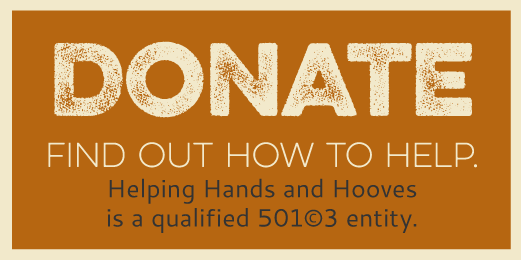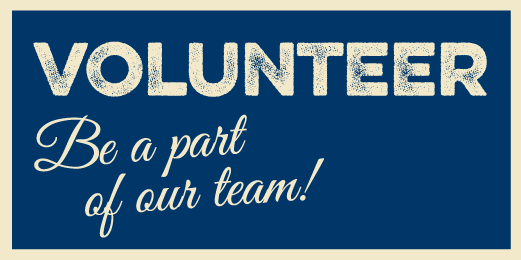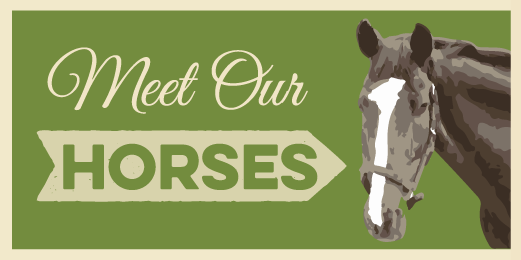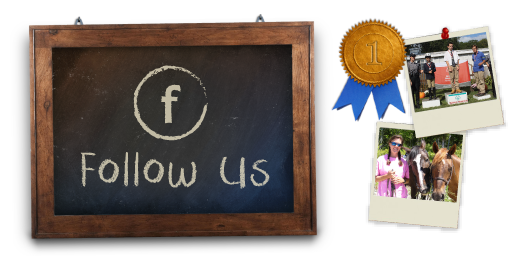By Marilou Newell | The Wanderer
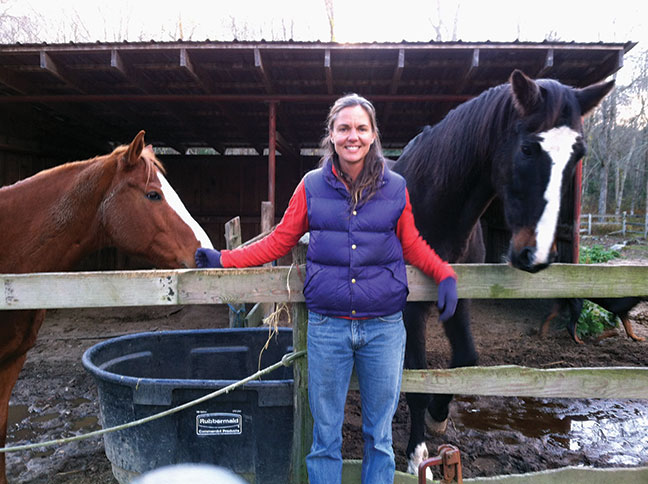 Horses are ambassadors, social workers, healers, helpers, and friends to humans. Since their introduction to the American continent, horses have provided us with service and companionship. They have aided those who deal with a wide variety of issues from autism, intellectual and physical limitations, and numerous mental health disorders. Sometimes, the only living being able to connect with a person dealing with ‘issues’ is the horse. And then there are those horses whose uncanny ability to understand the needs of a person defies science.
Horses are ambassadors, social workers, healers, helpers, and friends to humans. Since their introduction to the American continent, horses have provided us with service and companionship. They have aided those who deal with a wide variety of issues from autism, intellectual and physical limitations, and numerous mental health disorders. Sometimes, the only living being able to connect with a person dealing with ‘issues’ is the horse. And then there are those horses whose uncanny ability to understand the needs of a person defies science.
Copper was one of those special horses whose presence changed the lives of many. Seahorse Farm in Mattapoisett is where Copper spent his most influential years under the expert care of his owner, Julie Craig. Craig’s background as an equestrian is nothing short of exceptional, having started at the age of three. She has trained with several Olympic medalists, earning USEF certification as an instructor. Craig shared with me that in the beginning, it was a friend’s autistic brother who inspired her to begin thinking about using horses for therapy. About nine years ago, she partnered with Debbie Dyson and began a non-profit program for special needs adults, and thus Helping Hands and Hooves was born.
And it all began with Copper.
Copper was gifted to Craig when his owner could no longer ride. It wasn’t long afterward that Craig settled down and began giving lessons. Today, she is fulfilled. Her program brings the world of horses and riding to people who, historically would have been marginalized. She said, “They never even dreamed they could ride!” She has taken her students to the Special Olympics, and for the students and their families, it is the culmination of exceptional efforts on everyone’s part.
Copper is gone now, but certainly not forgotten by the hundreds of students at our local schools who met him during his yearly visits to the play yard or during Harbor Days. Teddy is now the main equine force at Helping Hands and Hooves.
Barbara Archer also has seen what a horse can do for people who are dealing with a variety of challenges. With a background in early childhood education, a USDF Medalist, a coach for Bridgewater State University’s equestrian team, and a love for horses instilled at an early age, Archer has been a riding instructor since 1987. She knows that the skills learned while riding a horse often translate outside the arena. From tiny tender tots perched for the first time atop an animal weighting an average of 1,100 pounds to the adults whose long-held secret dreams of riding are finally coming true, she has trained and coached them all.
She said that sometimes a horse “takes care of people” with an ability to understand innately that the person sitting astride them isn’t in control and therefore needs something that only the horse can provide.
Although her program isn’t specifically geared to those students whose needs are unique, over the decades she has worked with people whose health ranged from dealing with MS, to physical limitations and emotional concerns. Archer said that horses give these students a sense of power and confidence they otherwise would not experience. She also confided that witnessing this metamorphosis has at times been the most rewarding part of her day.
I’ve seen that evolution in my own grand daughter. Emily Newell, 14, of Mattapoisett, has been riding since she was 6. This past summer she was a camp counselor helping children learn all about riding, from the proper use of the equipment, to the physiology of the horse. Yet Emily had her own issues to deal with. She said that when she first started riding she was very scared. She had to overcome extreme anxiety that would sometimes overpower her, causing her to freeze while trying to maneuver a horse around the arena. Today, she is becoming a confident horsewoman. Emily said that the best part of riding for her is bonding with the horses. As her grandmother, I believe that is as it should be for her.
Sarah Stubbs specializes in training the horse and the rider through greater understanding of the bio-mechanics involved. Her resume of achievements includes USDF medals and being a USDF “L” graduate with Distinction. Stubbs began riding at 12 and was also challenged with anxiety that abated while sitting on a horse. Years later, she has shared her expertise in training horses and riders with a wide range of students. Stubbs explained that a horse needs and wants to be balanced at all times, and therefore it takes a very calm and confident animal to handle special needs riders.
Whether the rider has physical problems or isn’t emotionally or mentally at ease, the animal will sense that. Only certain horses are able to deal with such concerns, she said. Stubbs said that when this population of students has a chance to ride, they experience the strength of the horse allowing them to feel empowered in a way they can’t during the course of a regular day. She said that a horse is an athlete that the rider is partnering with, and that it is the riders’ job not to compromise the needs of the horse. Stubbs said that for people who can’t do this, they require a kind, gentle, and forgiving horse. Timid horses need not apply for this type of work.
Another instructor whose years of experience have seen the joy between horse and rider is Bill Ritchie. Ritchie’s credentials include membership to New England Horseman’s Council, and he is a board member of the South Shore Horseman’s Council, as well as being an NEHC registered judge. His students have ranged in age from four and a half years old to 81. Ritchie believes that kids take to riding more easily and tend to be less fearful, while it is the adult students who really want the experience. Many times, the adult students have waited decades to pursue their dream of riding and therefore are more invested on an emotional level. In his experience, the adult student gets more than just riding out of the program; they get a social outlet, a physical workout, and an emotional balm.
One thing all trainers, instructors, and riders appreciate is that riding is one sport that demands continuous improvement. It also requires precision and an ability to use one’s body to convey messages to the horse. Being an equestrian demands years of striving toward perfection.
For those who teach people with serious challenges, there are different types of techniques employed to move the horse through its paces, and the rider strives towards perfection of small seemingly simple accomplishments like holding the reigns in their hands. For these students, however, they are achieving their personal best every time they mount the horse.
No one understands the mystery and the magic of bonding with horses more than Temple Grandin. A doctor in animal science and an expert on autism from the inside out, Dr. Grandin was born into a family that had the foresight to enrich her early life with educational and social opportunities that allowed her to reach her full potential. And standing beside her as she dealt with her struggles and many challenges were animals, more specifically horses. Grandin has traveled the world educating the masses both in the medical and veterinary fields on the relationship between horses and people with cognitive impairments. Riding isn’t an inexpensive sport. But the lifelong benefits it bestows to the rider are priceless.
As Craig and I discussed her program, the mention of Copper and how extremely important he was to the students was a theme she returned to with a tear in her eye. On her Seahorse Farms website she wrote: “Copper is the reason Helping Hands and Hooves happened. This horse was a saint of a creature who was loved by everyone … he became a top-notch lesson horse … he visited the first-grade class each June so they could learn about the kindness of a horse. He gave pony rides each summer at the town fair. He gave many people their first horse ride, and one woman who was dying of cancer, her last. He became our therapeutic riding horse when we started HHH. Many students would only do their physical therapy if they were on Copper. He took students to the Special Olympic Trials, where they went on to win gold medals. Copper gave his students wings and his heart.”
Copper is buried in a nearby field, a space donated by one of Craig’s neighbors, so that he could remain forever physically close to Craig and her family while resting peacefully in his family’s heart. With Teddy taking over the role Copper once so proudly held, Craig will continue the work she feels she was meant to be doing – showing the eager special student how high they can fly on the back of a horse.

